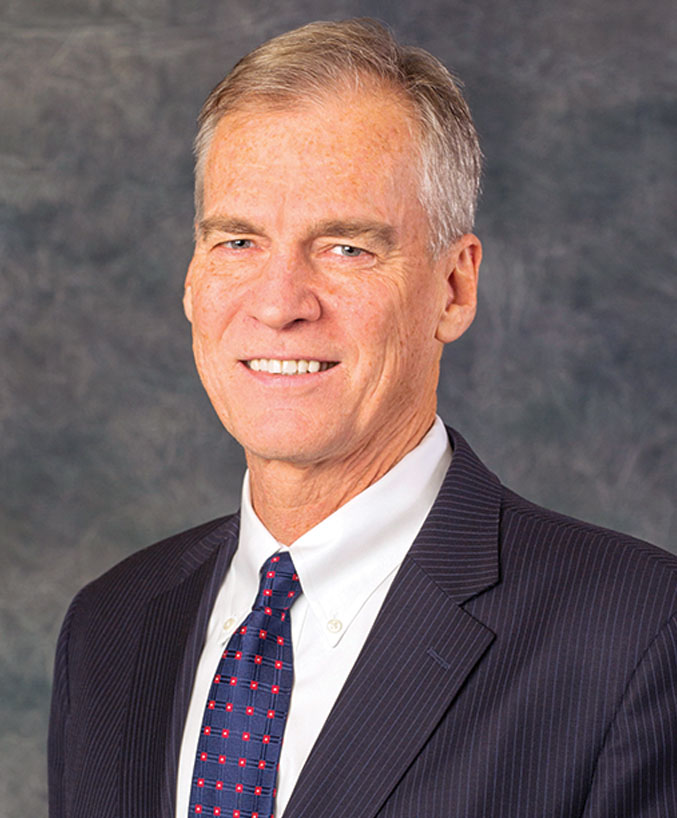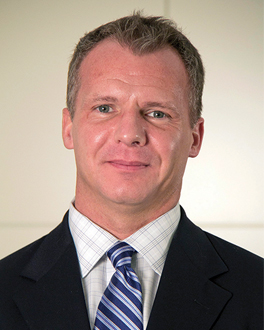Long Term Care Industry Outlook for 2023
Paul Bergeron
1/4/2023
To kick off the new year, Provider magazine asked several industry leaders what they see as important trends or issues for the long term care industry in 2023.
Occupancy Levels
 Mark Parkinson, president and CEO of AHCA/NCAL, said 2023 will finally be the year of census recovery for skilled nursing and assisted living providers. The industry will end the year near its pre-pandemic census levels, and because of favorable demographics, it will go up from there.
Mark Parkinson, president and CEO of AHCA/NCAL, said 2023 will finally be the year of census recovery for skilled nursing and assisted living providers. The industry will end the year near its pre-pandemic census levels, and because of favorable demographics, it will go up from there.
- John Pawlowski, managing director and head of Green Street’s Health Care sector, says that occupancy gains are delayed, but not permanently impaired. A continued moderation in supply, coupled with improved population growth among the 75 to 80+ age cohort will continue to support the recovery in the coming years.
Technology
- Dr. Kuljit Kapur, chief medical officer at Transitions, said that as medical practices become more automated with record keeping and information sharing among patients, doctors, providers, and insurance companies, the role of technology in healthcare has become critical to effective patient care.
- Peter DeMangus, chief marketing officer, Solterra Companies, said technology will help to identify where the staff is spending their time and create better workflow strategies.
- Chris Nall, chief technical officer of Coterie/Atria Senior Living, said implementing innovative and personalized technology features for residents is beneficial. Coterie/Atria has employed full-time digital innovation directors who assist with resident technology needs, including everything from setting up their smartphones to programming the technology in their residence.
Precautions and Processes
 David Gifford, MD, MPH, chief medical officer at AHCA/NCAL, said that in 2023, providers will face an aggregate of little changes that could be overwhelming. Continued spread of multidrug-resistant organisms and COVID-19 will keep a focus on infection control practices and enhanced barrier precautions. There will be an increased demand for specialty services such as dialysis, mental health support, and opioid-use disorder treatment. Value-based purchasing will also be a focus with an expansion of state programs and CMS updates for Medicare.
David Gifford, MD, MPH, chief medical officer at AHCA/NCAL, said that in 2023, providers will face an aggregate of little changes that could be overwhelming. Continued spread of multidrug-resistant organisms and COVID-19 will keep a focus on infection control practices and enhanced barrier precautions. There will be an increased demand for specialty services such as dialysis, mental health support, and opioid-use disorder treatment. Value-based purchasing will also be a focus with an expansion of state programs and CMS updates for Medicare.
 LaShuan Bethea
LaShuan Bethea, executive director of NCAL, said that 2023 holds an exciting future for assisted living. Providers’ efforts to deliver the highest quality care and improve resident outcomes will continue, and an increase in education focused on caring for individuals with dementia and fall prevention is expected. There will be sustained focus on infection prevention and control, as well as emergency preparedness. Additionally, assisted living providers will begin to focus more on expanding access to low/middle income seniors to ensure they get the care they need in the right setting.
Resident Services
- Larry Nisenson, chief growth officer of Assured Allies, said that wellness programs will continue to play an increasing role for seniors as they are or are becoming more conscious of their overall health.
- Zach Bowyer, MAI, MRICS, senior managing director, valuation and advisory, and head of living sectors, Cushman & Wakefield, said as demand increases over the next five years, there will be an increase in a la carte services, flexible or outsourced provider services, and other on-demand options for residents and operators.
Reimbursement
 Mike Cheek, senior vice president for Reimbursement and Market Strategy at AHCA/NCAL, said that in 2023, providers can expect substantial changes to the federal Medicaid policy, including transitioning to PDPM-driven Medicaid payment systems. There will be an expansion of provider-led population health management models and strategies.
Mike Cheek, senior vice president for Reimbursement and Market Strategy at AHCA/NCAL, said that in 2023, providers can expect substantial changes to the federal Medicaid policy, including transitioning to PDPM-driven Medicaid payment systems. There will be an expansion of provider-led population health management models and strategies.
- Lynne Katzmann, founder and CEO of Juniper Communities, said that with regards to reimbursement, general inflationary pressures together with limited savings and higher care needs will mean shrinkage for operators—either in margins or potential market size with adequate resources for payment.
Workforce
- Aron Will, vice chairman, co-head senior housing, CBRE, said use of temporary labor is waning in senior housing communities as the labor market tightens up entering the current recession. The pendulum is swinging back in favor of the employer, and job security is starting to mean something again.
- Lori Alford, co-founder and CEO at Avanti Senior Living, said that operators will deploy technology to improve efficiency and bring more streamlined communication with team members and families, adapting to a younger/newer generation’s demands and wants in the workforce. The industry will try to find ways for flexible staffing to mirror the “gig” workforce offerings.
Facility Design
- Johnny Dagher, principal and senior living practice leaders for Baker Barrios Architects, sees an increased trend in higher-quality, residential type finishes in senior housing intended to create a more comfortable experience for those to live in senior housing that feels less institutional.
- David Banta, senior living practice leader and associate partner at architecture firm BKV Group, said that climate-resilient design in senior living properties is emerging and more operators will take climate resiliency into account during the design and construction phases, for example, HVAC systems that can handle temperature extremes. Onsite generators will emerge as a safeguard to minimize interruption and disruption from a weather-related power outage.
Paul Bergeron is a freelance writer based in Herndon, Va.